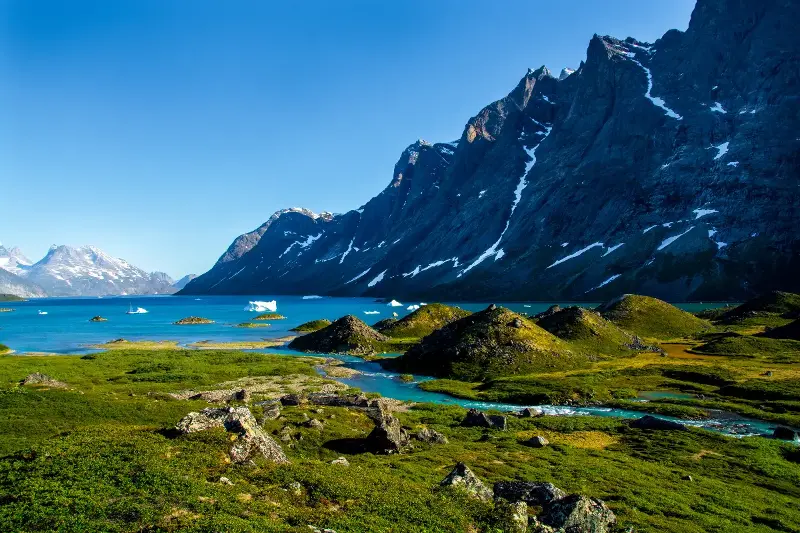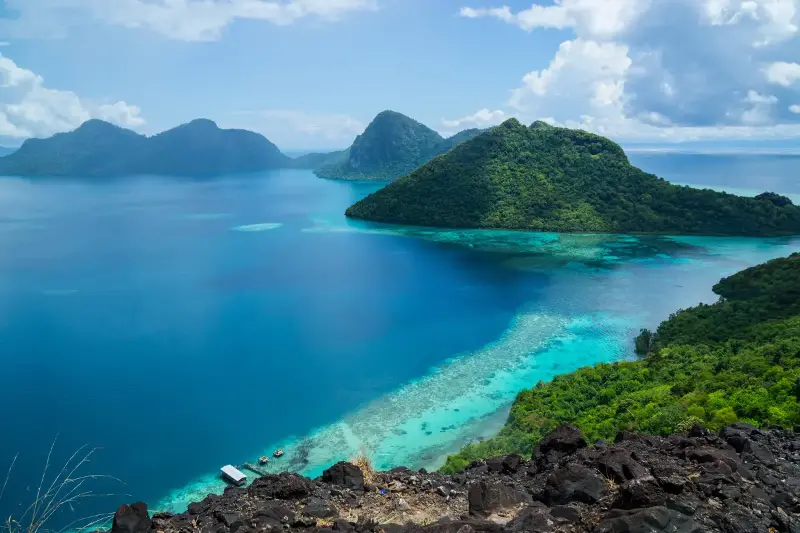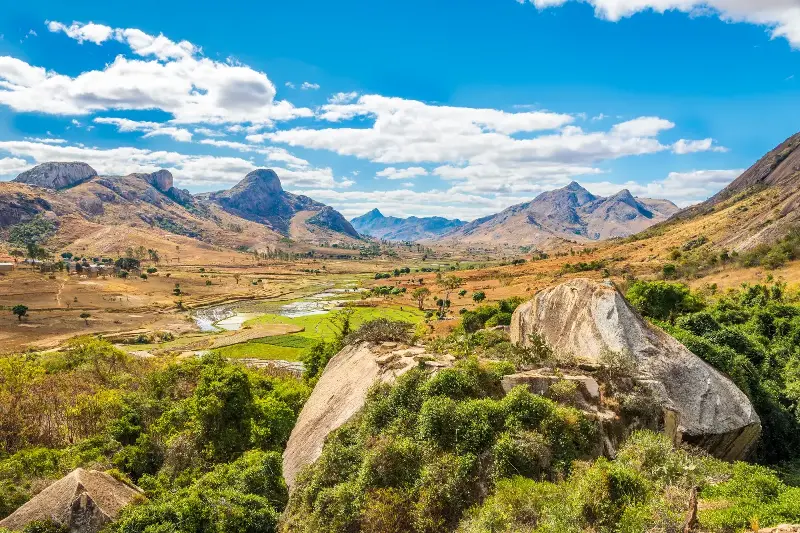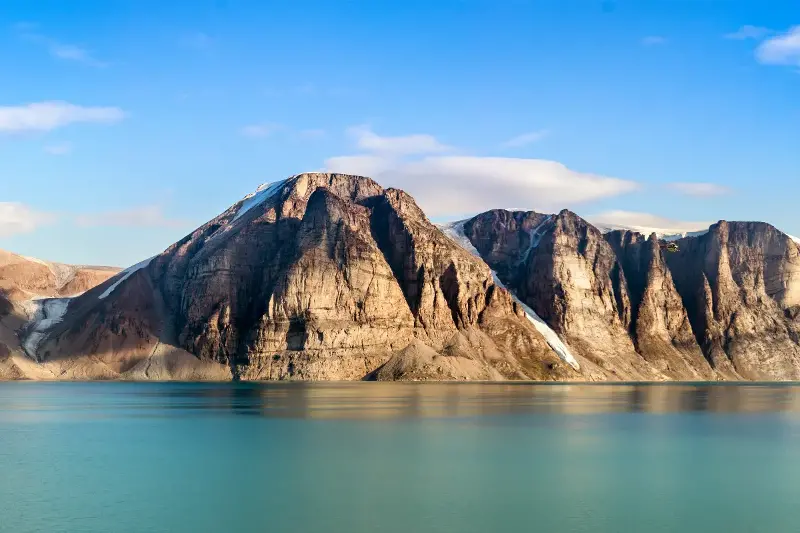Rising from the seas like ancient sentinels, the world’s largest islands are more than just stretches of land – they are chapters of Earth’s geological story, havens for unique cultures, and showcases of natural beauty. Each one stands apart not only for its staggering size, but also for its legends and breathtaking landscapes shaped over millions of years. Let’s journey across continents and oceans, discovering the titans of terrestrial wonder and the myths that continue to captivate visitors from all over the globe.
Greenland: The Ice-Encrusted Giant

The mighty Greenland tops the list as the world’s largest island, with a landmass of over 2.1 million square kilometres. Enveloped by a colossal ice sheet, it is often mistaken as a winter wasteland. Yet beneath that icy façade lies the story of the Inuit, Norse adventurers, and shifting climates. The name “Greenland” itself is believed to have been a bit of early marketing spin from Viking Erik the Red, who wanted to entice settlers with notions of fertile land. Today, dramatic fjords, towering icebergs, and shimmering Northern Lights paint a scene of wild, untamed beauty.
Despite the tough, icy environment, Greenland’s coasts bloom with hardy Arctic poppies and the tundra sings with migratory birds. Legends abound of “Kalaallit Nunaat”—the Inuit name for the land—where spirits are said to dance in the flicker of the aurora. With the effects of climate change, scientists are eager to unlock Greenland’s frozen secrets, believing its landscape may hold the key to understanding our planet’s future.
New Guinea: A Rainforest Realm of Riches

Second in size but unrivalled in biodiversity, New Guinea is a lush dreamscape in the southwestern Pacific. Covering more than 785,000 square kilometres, this verdant island is split between Papua New Guinea and Indonesian Papua. Ancient rivers carve through emerald rainforests, home to an astonishing 5% of the world’s plant and animal species—including the enigmatic birds of paradise and hooded pitohui, the world’s only poisonous bird.
The island is a living museum of human and natural history. Fabled highland tribes still practise traditions passed down for thousands of years, and folklore whispers of mysterious creatures such as the “Ropen”, a supposed living pterosaur. Remote mountain valleys remain so untouched that scientists routinely discover new species of insects, frogs, and orchids, making New Guinea an enduring frontier of exploration.
Borneo: Land of Mist and Myth

As the third-largest island, Borneo sprawls across about 743,000 square kilometres and is shared by Malaysia, Indonesia, and the tiny, affluent nation of Brunei. The rainforests here have existed for over 130 million years—making them some of the oldest on Earth. Within these emerald canopies live orangutans, proboscis monkeys, pygmy elephants, and the world’s largest flower—the Rafflesia, celebrated for both its size and its pungent odour.
Borneo’s legendarium is as deep as its jungles. Local tribes recount tales of guardian spirits and ancient headhunters, with the Sarawak Chamber—the largest known underground cave chamber—said to be inhabited by supernatural beings. The island’s thriving coral reefs and limestone pinnacles like Mount Kinabalu offer vistas that beggar belief, making it a paradise for adventure seekers and eco-tourists alike.
Madagascar: The Island of Evolutionary Marvels

Off the southeastern coast of Africa lies Madagascar, the world’s fourth-largest island, unique in every imaginable way. Isolated from the mainland for over 80 million years, this oasis of biodiversity is a living laboratory where evolution has run wild. About 90% of species found here exist nowhere else—lemurs leap among baobab trees, chameleons change colours in the blink of an eye, and carnivorous pitcher plants lure their prey from the humid air.
Madagascar’s legends are woven into the landscape, where the spirits of ancestors—“razana”—are venerated, and mystical creatures like the “Kalanoro” are rumoured to inhabit remote forests. Across its 587,000 square kilometres, visitors are treated to surreal scenery: Avenue of the Baobabs, the limestone spikes of Tsingy de Bemaraha, and endless golden beaches give the island a cinematic quality.
Baffin Island: Arctic Majesty and Indigenous Resilience

Rounding out the top five, Baffin Island, part of Canada’s Arctic Archipelago, boasts a stark yet striking beauty across its 507,000 square kilometres. Jagged mountains like the iconic Mount Thor, sheer fjords, icy tundras, and a menagerie of Arctic wildlife—from polar bears to narwhals—define this northern stronghold.
The Inuit people have thrived here for millennia, their stories echoing through rock art and oral tradition. The land is revered as “Nunavut”—“Our Land”—and its legends of shape-shifting spirits and sky gods add a mystical layer to the landscape’s raw magnetism. Baffin Island is not only a testament to extreme geographical size, but also to the remarkable endurance of cultures shaped by the cold.
From ice-blasted polar realms to tropical rainforests pulsing with life, the world’s largest islands are microcosms of Earth’s grandeur and creativity. Each is a sanctuary for rare creatures, a cradle of civilisations old and new, and a keeper of stories both geological and mythical. Next time you gaze at a world map, spare a thought for these magnificent landmasses—sprawling, storied, and astonishingly beautiful.
